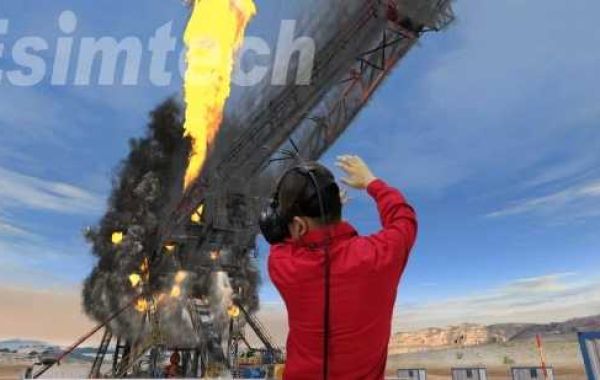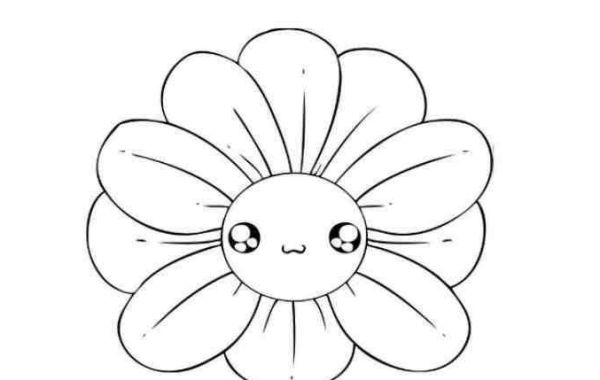Why VR Training?
Traditional training methods often fall short in preparing employees for high-stakes situations. Classroom lectures and static simulations may not effectively replicate the stress and unpredictability of real-world scenarios. In contrast, VR training offers several advantages:
Realistic Simulations: VR technology allows trainees to experience emergency situations in a controlled environment. Participants can navigate complex scenarios, such as oil spills, equipment malfunctions, or fire outbreaks, without the associated risks. This hands-on approach enhances understanding and retention of critical procedures.
Engagement and Interactivity: VR training is inherently more engaging than traditional methods. Trainees are not just passive observers; they actively participate in simulations, which fosters a deeper connection to the material. This interactivity can lead to improved knowledge retention and skill application.
Scalability and Accessibility: VR training can be easily scaled to accommodate different locations and workforce sizes. With VR headsets, training can be conducted anywhere, breaking geographical barriers. This flexibility is particularly beneficial for companies operating in remote areas.
Immediate Feedback: VR simulations provide real-time feedback on trainee performance. Instructors can assess decision-making skills and provide instant corrections, allowing employees to learn from their mistakes in a safe environment.
Cost Efficiency: While the initial investment in VR technology may be significant, the long-term savings can be substantial. VR training reduces the need for physical equipment, travel, and on-site training sessions, ultimately leading to lower operational costs.
Real-World Applications in Oil and Gas
Companies like EsimTech are at the forefront of VR training solutions for the oil and gas sector. Their VR Emergency Training Simulator is designed to prepare personnel for various emergency situations that can occur in oil and gas operations. This innovative tool not only helps employees practice emergency response protocols but also cultivates teamwork and communication skills essential in crisis situations.
The simulator offers customizable scenarios, allowing organizations to tailor training to specific operational challenges they may face. Whether it's dealing with a gas leak, fire outbreak, or equipment failure, the VR Emergency Training Simulator equips trainees with the knowledge and skills necessary to respond effectively.
Conclusion
As the oil and gas industry continues to evolve, so too must the training methods employed to safeguard employees and operations. VR training represents a significant leap forward in preparing personnel for the unexpected. By leveraging cutting-edge technology like EsimTech’s VR Emergency Training Simulator, companies can enhance safety, reduce risks, and ultimately save lives. Embracing VR training is not just an investment in technology; it’s an investment in the future of workforce safety in the oil and gas industry.
For more information about VR emergency training solutions, visit EsimTech.








